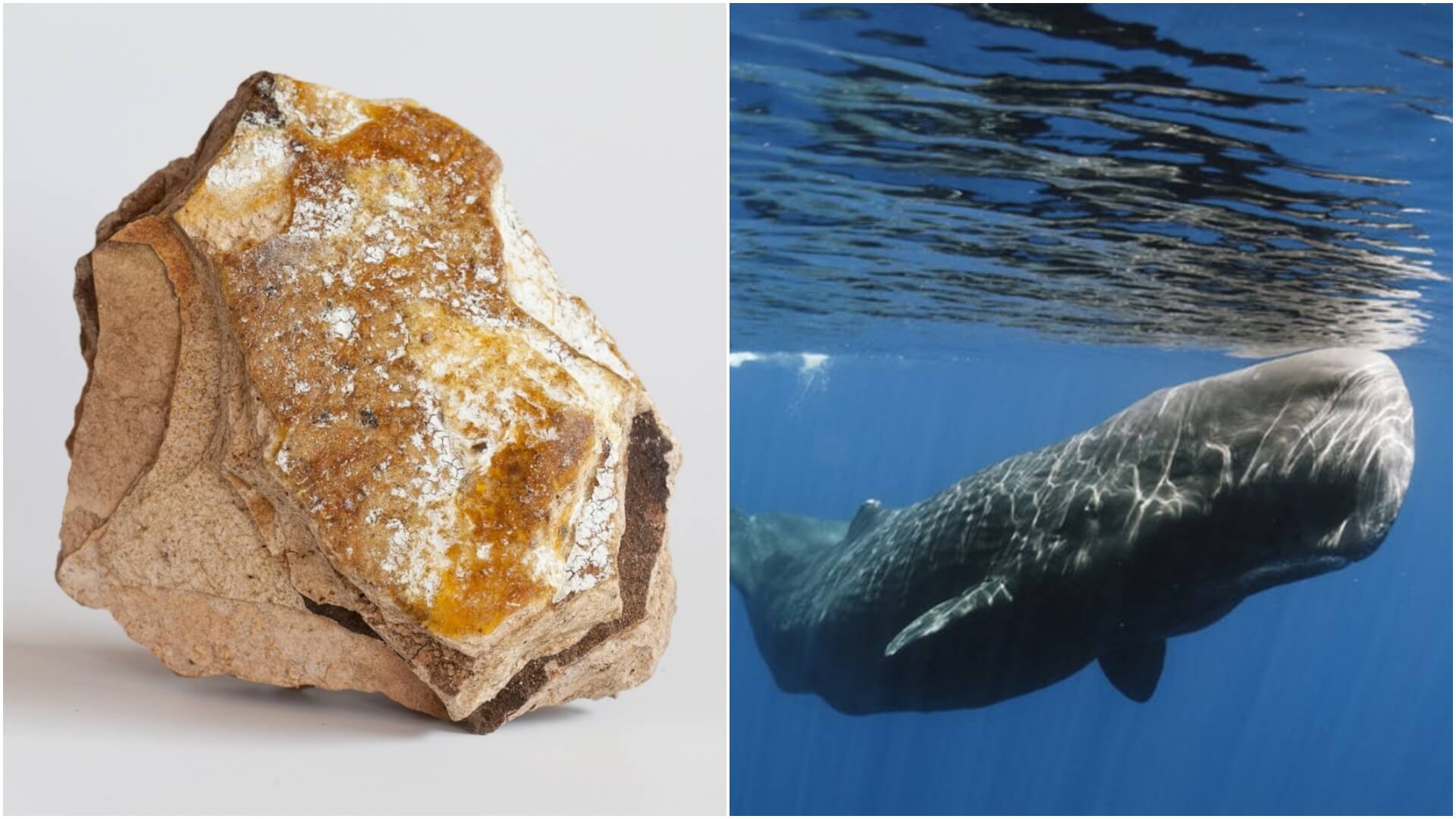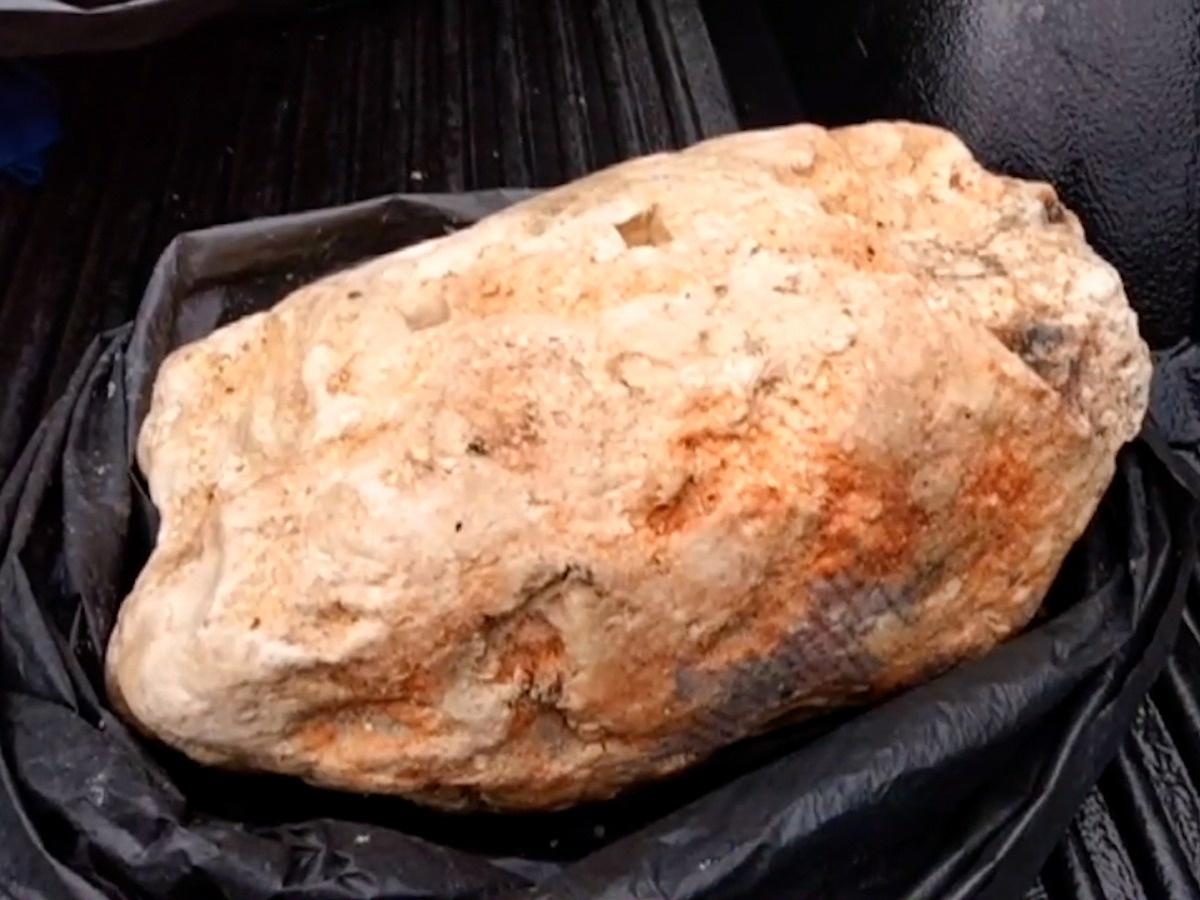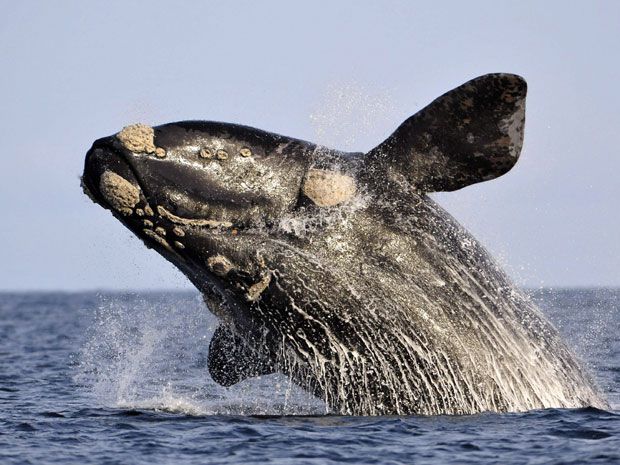
Whale vomit, also known as ambergris, has been a highly sought-after substance for centuries because of its unique properties. Although whales produce it, ambergris is not actually vomit, but rather a secretion that sperm whales produce in their intestines. It has a musky scent and is used in perfumes, cosmetics, and high-end cuisine. Because of its rarity and unique characteristics, whale vomit is incredibly valuable and costly, with prices ranging from hundreds to thousands of dollars per ounce.
So why exactly is whale vomit so costly?
a) Rarity in Nature
One of the primary factors contributing to the high price of ambergris is its rarity. Only a small percentage of sperm whales produce this substance, and not all whales that do produce it actually expel it. Additionally, even when it is produced, it may be lost at sea, making the recovery of ambergris challenging and unpredictable.
b) Use of Whale Vomit by Fragrance and Cosmetic Industry makes it costly

Another factor that contributes to the cost of ambergris is its unique properties. The fragrance industry highly prizes whale vomit “Ambergri” for its ability to enhance and extend the scent of perfumes. Its complex chemical composition gives it a musky scent that is due to the presence of compounds like Ambrein and ambergrisone. These compounds stabilize other fragrances, allowing them to last longer. Ambergris is considered a valuable ingredient in the creation of high-end perfumes because of these properties.
Also Read | Why Football is Better than Cricket?
Furthermore, it is not limited to the fragrance industry, as it is used in some high-end cosmetics for its moisturizing and skin-nourishing properties. Moreover, traditional medicine has used ambergris for centuries, with some cultures believing that it has aphrodisiac and other healing properties. Though there is little scientific evidence to support these claims, they have increased demand for ambergris in certain parts of the world.
c) Legal & Environmental concerns of Whale Vomit

Laws regulating the hunting and exploitation of whales also make the whale vomit costly. While the trade of ambergris is legal in some countries, it is illegal in others. In countries where it is legal, ambergris is subject to taxation and regulation, which can drive up its cost. Additionally, the complex and opaque nature of the ambergris market makes it challenging to verify the authenticity and quality of the substance, further contributing to its high price.
Despite its high cost, the use of ambergris remains popular in certain luxury industries. However, ethical and environmental concerns regarding the hunting and exploitation of whales have led many consumers and companies to seek out alternative ingredients. Synthetic and natural alternatives to ambergris have been developed, and some fragrance and cosmetic companies have begun to use them. These alternatives may not have the same unique properties as ambergris. However, they offer a more sustainable and ethical option for those who want to avoid the use of animal-derived ingredients.
In conclusion, the rarity, unique properties, legal status, and ethical concerns surrounding the use of whale vomit have all contributed to its high cost. Although it remains a popular ingredient in certain luxury industries. But the development of synthetic and natural alternatives may eventually reduce the demand for this once highly prized substance.
Follow us on Twitter for more updates.





























